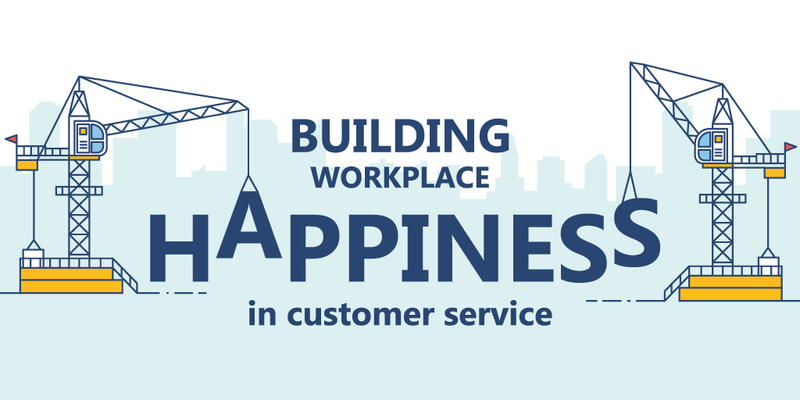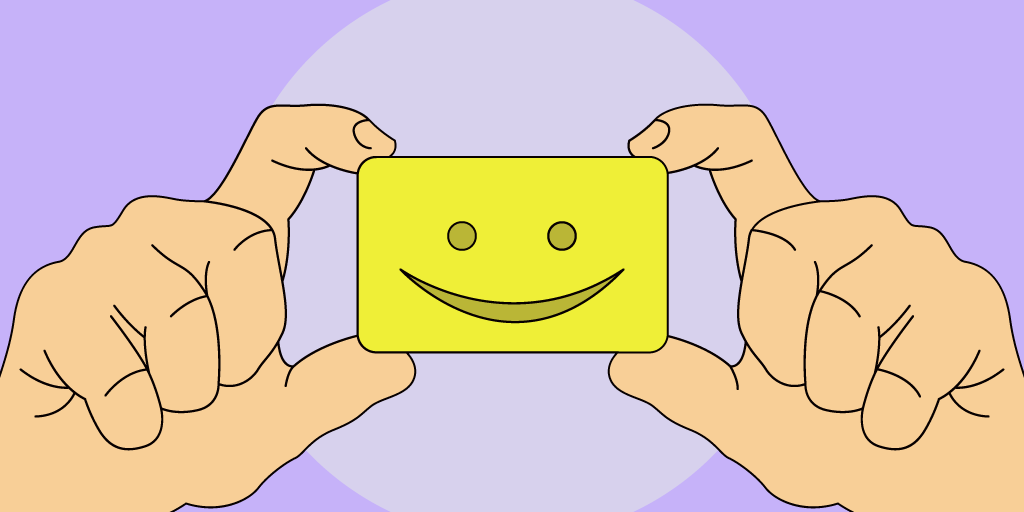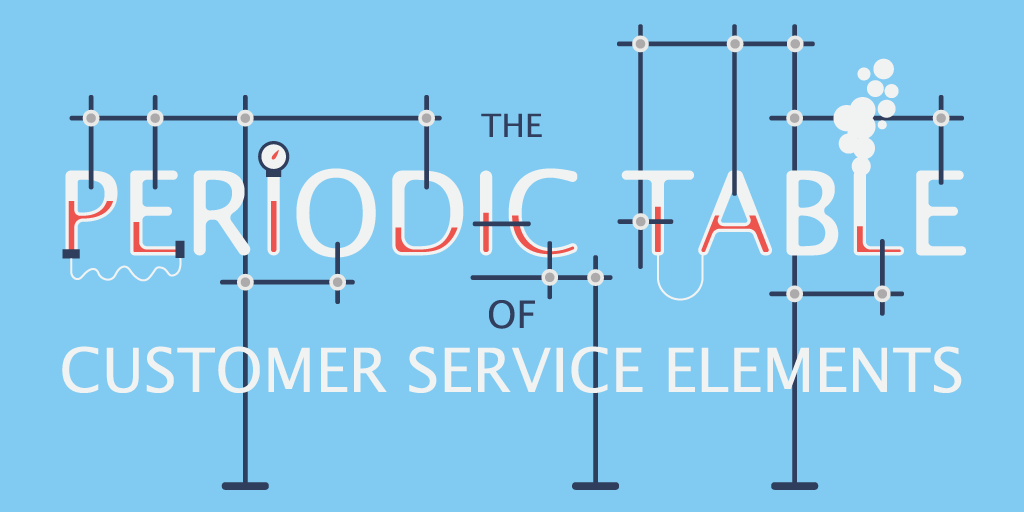We’ve talked about employee happiness and employee experience before but never delved too deep into this topic. And why not? There’s so much to cover — perhaps too much for us alone.
That’s why today we are joined by Tiina Saar-Veelmaa, a coach, lecturer and workplace happiness advocate with the Work 4.0 workplace innovation award under her belt. Together with Tiina, we will try to lift the veil on the secrets of employee happiness in customer service and answer some hard-hitting questions:
How to behave when interacting with a difficult customer?
First things first, you should not avoid or, god forbid, ignore a difficult customer. It’s not only that you will fan the flames, but consider this: the most difficult customer make the best teachers.
You can learn more about yourself and service if you engage and interact with them.
The bottom line is, this usual advice of “don’t take things personally” is BS. If you don’t take things personally, it means you don’t care. Sure, you don’t have to involve yourself too much, but ignoring the problem isn't the way.
To better understand the different stages a customer service person needs to go through when interacting with a difficult customer, we can use the interaction development pyramid by Finnish education and development philosopher Päivi Ketonen.

These stages are, from bottom to top:
Acceptance: “Every customer is an individual with his own beliefs, friends and family. I shall not judge them based on my own preconceived notions.”
Connection: “It’s better if we learn more about each other and do away with prejudice. Despite our differences, there are common things that we share.”
Synergy: “Customer service is a game for two. If we work together, we can both leave this interaction satisfied. I will express my ideas without fear, as they can lead us to something new.”
Creativity: “Good interactions always have an element of spontaneity. I can go off-script to provide more genuine emotions.”
Beauty of the game: “I’m in the zone. I’m enjoying what I do, and this shows to the people I serve.”
Door: “Our actions have helped me create the door to new opportunities.”
How do I know if I can be a part of customer service?
Working in customer service is a difficult vocation. Despite the belief that this is a low-entry job, there are a lot of nuances that all new hires have to take into account.
Good customer service people are masters of psychology — not in a sense that they can manipulate other people; rather that they can feel them more acutely. More importantly, they need to have great self-assessment skills as well.
There are many types of customers, and talking to them often feels like trial and error. A good customer service employee needs to learn from mistakes, and that is impossible without the ability to self-reflect.
Despite common beliefs, customer service is not only for extroverts. Working in customer service certainly poses some challenges for them, but introverts can be excellent service people, too. They possess better self-reflection skills and can notice something that usually remains invisible to a naked eye.
Also, never underestimate the power of listening skills, which introverts have in abundance. Thinking before you speak is another point in introverts’ favor.
While lower energy and reservedness may put off some customers, the same could be said of overeagerness and gregariousness. The truth, as it often happens, is in the middle.
Is customer king?
Customers have long since been crowned kings, but as the song goes, the times are a-changin’. Work is no place for regalities, and customer service needs to accept this.
What’s the problem with treating your customer as king?
The role theory tells us that there is a role and a counter role, for no role exists in a vacuum and must be defined by something else. If someone is a parent, then there must be a child. For every teacher, there must be a student.
Therefore, if there is a king, there must be a king’s subject.
This is the wrong approach to defining the roles of a customer and a customer service agent. Most altercations with customers happen because they’ve been taught that “customer is always right” or “customer is king”.
Why can’t a person working in customer service be king, instead? Or better yet, why not do away with kings and queens, and start working together to bring about the best possible experience.
A restroom cleaner in one Asian country says to visitors: “Welcome to my palace.” That’s the right attitude for a customer service agent — you’re in my domain now, get ready for excellent service.
What are the usual obstacles that stand in a service agent’s way?
Like every job, customer service has its ups and downs. Although too many to feature here, the main three can be summed up as:
There is no support from the company: “I feel alone.”
There is no flexibility: “I have to do only what’s written in my contract.”
Too much routine: “I come home and have to be a “service person” there as well.”
The first issue is a major one, especially when service agents find themselves in stressful, fight-or-flight scenarios. The stress levels are enormous and they tend to stay high throughout the day.
Police workers go through extensive training on how to manage dangerous situations. Service agents, on the other hand, are considered a “low-entry career” and get no such psychological benefits.
Another problem is an imbalance in feedback, with negative feedback taking much space. That’s negative feedback from colleagues, managers and customers themselves.
Even when this feedback is insignificant, our brains tend to amplify the negativity and we either don’t notice or downplay the occasional praise we get.
How to find meaning in working in customer service?
Aristotle was the originator of eudaimonic well-being — a concept that only those who lead a virtuous life and have means to self-actualize are truly happy. This should apply to customer service as well.
As long as working in customer service allows employees to unlock their potential, they can feel fulfilled and content.
If you’re more fond of Eastern philosophy, you should take a look at ikigai, the Japanese model of thinking and self-motivation.
Ikigai (pronounced “icky-guy”) translates to “a reason for being”. The Japanese island of Okinawa, where ikigai takes its roots, is home to the largest population of centenarians, people who have lived to the age of 100.
In a few words, ikigai is what makes you wake up in the morning and feel alive. “I do things that are meaningful and I know how to do, and it brings me joy to do them.”

Ikigai is the convergence of four primary elements:
What you love.
What the world needs.
What you are good at.
What you can get paid for.
Mixing two elements gives you:
Passion: doing what you love and are good at.
Profession: doing what you’re good at and can be paid for.
Vocation: doing what you can be paid for and what the world needs.
Mission: doing what the world needs and what you love.
But even mixing three out of four elements leaves you feeling like something’s missing. You can, for example, do meaningful work that you love and are good at but not get paid for it. It’s only combining all four aspects that can elevate you to the nirvana-like state of ikigai.
Routine is the enemy of happiness; there must be a childlike sense of wonder, even when you’re a centenarian.
Workplace happiness is something that more employers should not only be aware of, but also take active part in it. Although customer service employees deal in support, they themselves require guidance and help from their management.
In our next article on workplace happiness, we will cover what managers can do to make the life of customer service staff easier.
What’s the correct approach to interacting with employees?
Should management be based on freedom or guidance?
How to create engaging company culture?
All of these questions, and more, will be answered next time. Stay tuned!




![Nurturing Workplace Happiness in Customer Service [Part 2]](/static/img/cms-blog/4yqpi76PGXynHL06HjOcg4/nurturing-workplace-happiness.png)

